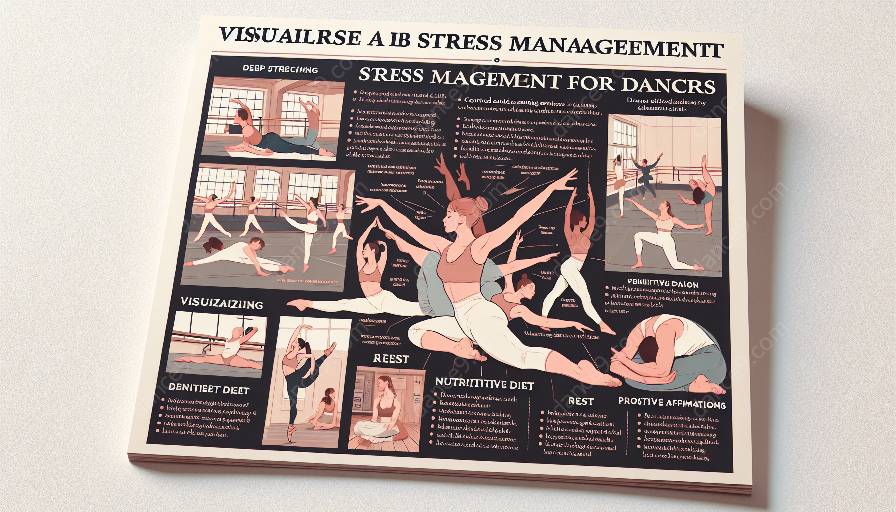Dancers often face high levels of stress, both physically and mentally, due to the demands of their art. It's essential to empower dancers with mindfulness and relaxation techniques to help them better manage stress and enhance their overall well-being. In this article, we'll explore the impact of stress on dancers, stress management techniques tailored for dancers, and the vital role of physical and mental health in dance.
The Impact of Stress on Dancers
Dance is a physically demanding art form that requires immense dedication and skill. Dancers often experience stress from performance pressure, rigorous training schedules, and maintaining their physical conditioning. Additionally, the competitive nature of the dance world can further contribute to stress and anxiety for dancers.
It's crucial to recognize the detrimental effects of prolonged stress on dancers, including increased risk of injuries, burnout, and diminished performance quality. Addressing these challenges requires a comprehensive approach that integrates mindfulness and relaxation techniques into dancers' daily routines.
Stress Management Techniques for Dancers
When it comes to stress management, dancers can benefit from specific techniques that cater to their unique needs. Mindfulness practices, such as meditation and deep breathing exercises, can help dancers cultivate inner calmness and focus, allowing them to navigate high-pressure situations with greater ease.
Relaxation techniques, such as progressive muscle relaxation and guided imagery, offer dancers a means to release tension and alleviate physical and mental strain. By incorporating these practices into their training and performance preparations, dancers can enhance their resilience and cope more effectively with the demands of their craft.
Empowering Dancers with Mindfulness
Mindfulness serves as a powerful tool for dancers to develop a heightened sense of self-awareness, concentration, and emotional regulation. By cultivating mindfulness, dancers can gain a deeper understanding of their bodies, movements, and artistic expression, leading to improved performance and overall well-being.
Encouraging dancers to integrate mindfulness into their dance practice can positively impact their physical and mental health, promoting a more balanced and sustainable approach to their art. Through mindfulness, dancers can better manage performance anxiety, connect more authentically with their artistry, and foster a positive relationship with their bodies.
The Importance of Physical and Mental Health in Dance
Physical and mental health are integral components of a dancer's success and longevity in their career. Emphasizing these aspects not only safeguards dancers against the negative effects of stress but also contributes to their overall resilience and fulfillment.
It's crucial for dancers to prioritize self-care, rest, proper nutrition, and injury prevention to maintain their physical well-being. Equally important is nurturing their mental health through techniques such as positive self-talk, seeking support when needed, and fostering a healthy work-life balance.
In Conclusion
Empowering dancers with mindfulness and relaxation techniques is essential for mitigating the stress they encounter and promoting their holistic well-being. By embracing these practices, dancers can flourish artistically while safeguarding their physical and mental health. Cultivating a supportive environment that values stress management and prioritizes holistic health is paramount in ensuring dancers can continue to thrive in their pursuit of excellence.


































